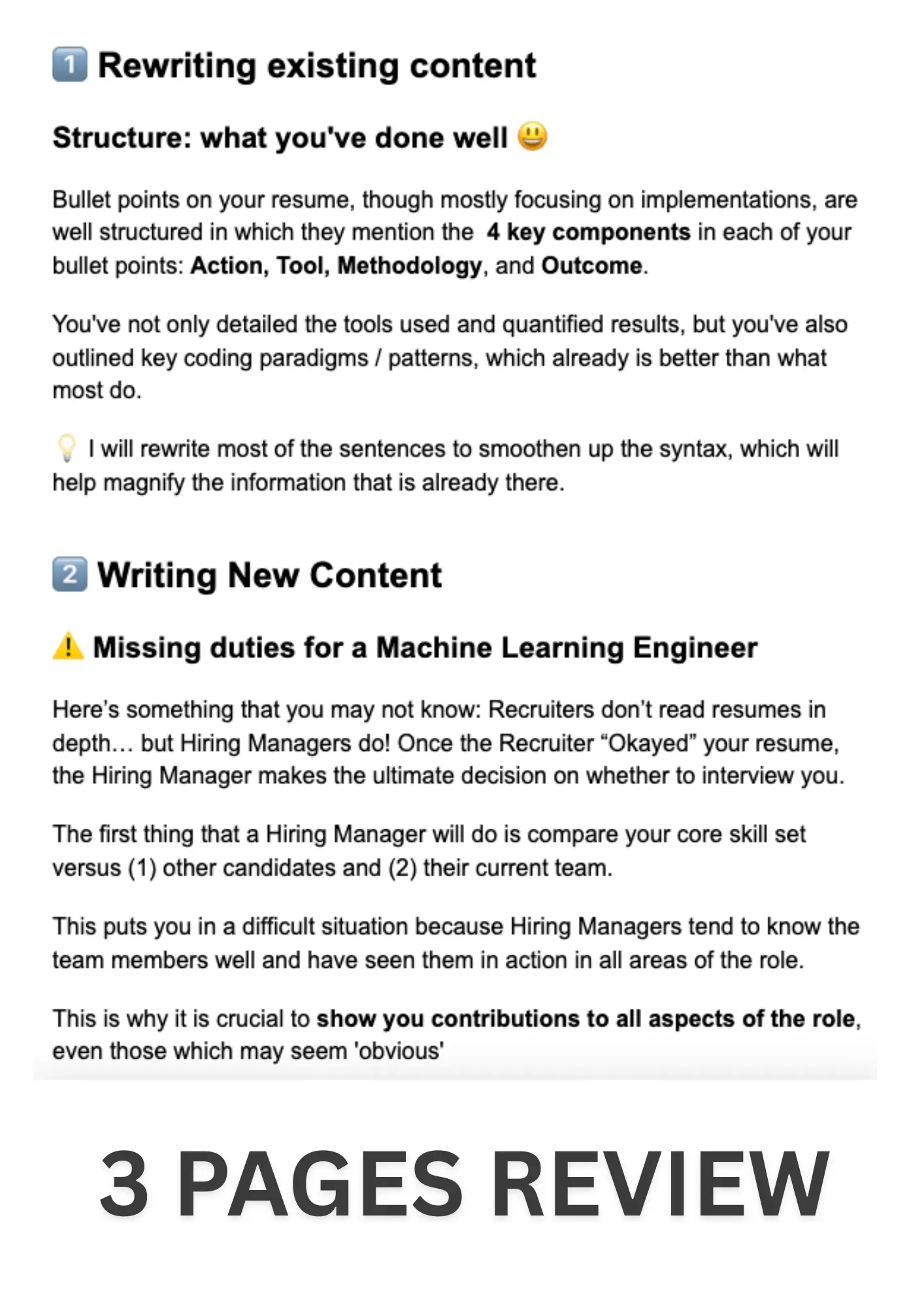LinkedIn is a great tool for discoverability. It’s there so that recruiters can find you. This means that it works best as the “passive” side of your job search.
You can think of your LinkedIn profile as an SEO opportunity: if recruiters searching for profiles on the platform find you easily, you will get opportunities. This works best during a candidate-driven job market, where recruiters are fighting over a low supply of available candidates.
Needless to say that 2025 isn't such a market...
Yes, there are job postings on LinkedIn, but the platform is too crowded for most to get results. Because everyone uses LinkedIn, it’s become the most competitive job board. The "Easy Apply" functionality makes the barrier to entry extremely low, so “everyone applies to everything”. Job postings therefore get flooded with applicants, for which recruiters will mostly review a (surface level) LinkedIn profile.
Put simply, LinkedIn is a nice plus in 2025, but it isn't a must, nor should it be part of your main job search strategy.
LinkedIn is most likely not where your next job is coming from… Job boards shouldn’t be your main focus either, for the same reason (high competition).
…So what works? Again, avoid your competition as much as possible:
- List smaller/less known companies and apply via their career pages (most jobs there aren’t posted on any job boards).
- No career page? Even better! Send your resume by email to the general
info@.... - Many open roles are not public. You’ll be one of the very few candidates considered if a position is vacant.

